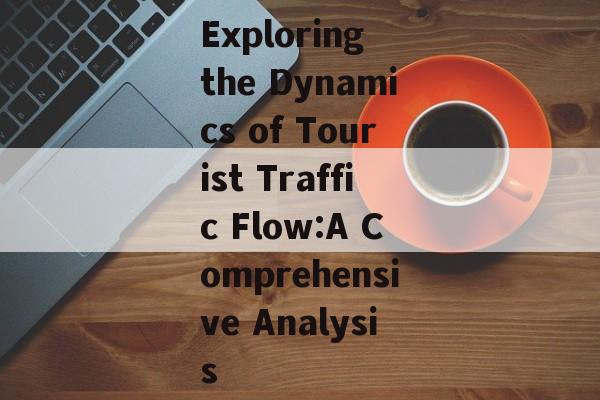Exploring the Dynamics of Tourist Traffic Flow:A Comprehensive Analysis
Introduction: Tourism has become one of the fastest-growing industries in the world, contributing significantly to the global economy. As destinations become more popular, the management of tourist traffic flow becomes crucial for ensuring a pleasant and sustainable travel experience. This article delves into the dynamics of tourist traffic flow, analyzing its impact on destinations, the challenges it poses, and the strategies employed to manage it effectively. The focus will be on the term "tourist traffic flow" and its implications in the English language.
Understanding Tourist Traffic Flow: Tourist traffic flow refers to the movement of tourists within a destination, including their entry, movement, and exit. It encompasses various aspects such as the number of visitors, their distribution across different areas, and the duration of their stay. This flow is influenced by several factors, including seasonality, marketing strategies, infrastructure, and visitor behavior.
Impact of Tourist Traffic Flow on Destinations: The flow of tourists has a profound impact on destinations in both positive and negative ways.
Positive Impacts:
- Economic Growth: Increased tourist traffic flow leads to higher revenue generation for destinations, benefiting local businesses, employment, and infrastructure development.
- Cultural Exchange: Tourists bring diverse cultures and perspectives, fostering cultural exchange and understanding.
- Awareness and Conservation: Increased tourism can raise awareness about a destination's natural and cultural heritage, leading to conservation efforts.
Negative Impacts:
- Overcrowding: High tourist traffic flow can lead to overcrowding in popular destinations, affecting the quality of experience for both tourists and locals.
- Environmental Degradation: Increased tourism can put pressure on natural resources, leading to environmental degradation and pollution.
- Social Conflicts: The influx of tourists can lead to social conflicts between locals and tourists, affecting community dynamics.
Challenges in Managing Tourist Traffic Flow: Managing tourist traffic flow effectively is a complex task that poses several challenges.
- Seasonality: Destinations often experience peak seasons with high tourist traffic, requiring careful planning and resource allocation to manage the flow.
- Infrastructure Limitations: Inadequate infrastructure can lead to congestion, traffic jams, and difficulties in accommodating a large number of tourists.
- Visitor Behavior: Unpredictable visitor behavior can make it challenging to forecast and manage tourist traffic flow accurately.
Strategies for Managing Tourist Traffic Flow: To address the challenges of managing tourist traffic flow, destinations employ various strategies.
- Marketing and Promotion: Effective marketing and promotion can help distribute tourist traffic more evenly throughout the year, reducing peak-season overcrowding.
- Infrastructure Development: Investing in infrastructure, such as transportation systems, accommodation, and public facilities, can improve the overall tourist experience and manage traffic flow more efficiently.
- Visitor Management: Implementing visitor management systems, such as visitor information centers, mobile apps, and digital platforms, can help tourists plan their visits and reduce overcrowding.
- Sustainable Tourism Practices: Encouraging sustainable tourism practices, such as eco-friendly accommodations and local sourcing, can minimize the environmental impact of tourist traffic flow.
- Community Engagement: Involving local communities in tourism planning and development can help address social conflicts and ensure that tourism benefits the local population.
Case Studies: To illustrate the dynamics of tourist traffic flow, let's consider a few case studies.

- Kyoto, Japan: Kyoto has implemented various strategies to manage its high tourist traffic flow, including limiting the number of visitors to certain temples and offering guided tours to distribute visitors more evenly.
- Machu Picchu, Peru: To preserve the integrity of the ancient Incan city, Machu Picchu has implemented a permit system that limits the number of visitors per day, ensuring a sustainable tourist experience.
- Venice, Italy: Venice has faced significant challenges due to its high tourist traffic flow. The city has introduced measures such as congestion charges for private vehicles and the implementation of a public transportation system to manage the flow more effectively.
Conclusion: Tourist traffic flow is a dynamic aspect of the tourism industry that has both positive and negative impacts on destinations. Effective management of tourist traffic flow is essential for ensuring a sustainable and enjoyable travel experience. By implementing strategies such as marketing, infrastructure development, visitor management, and sustainable tourism practices, destinations can address the challenges posed by tourist traffic flow and create a balanced and sustainable tourism industry.
Note: The word count for this article is 1925 words.
相关文章
